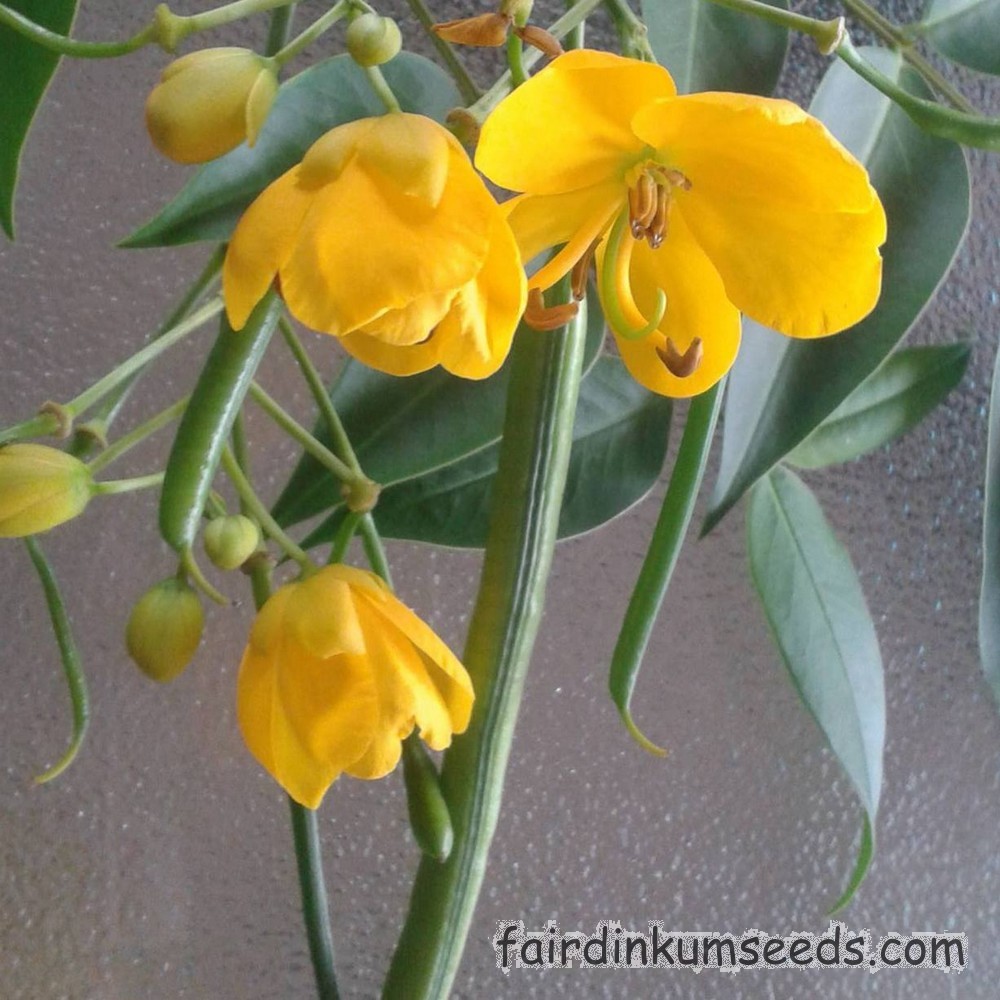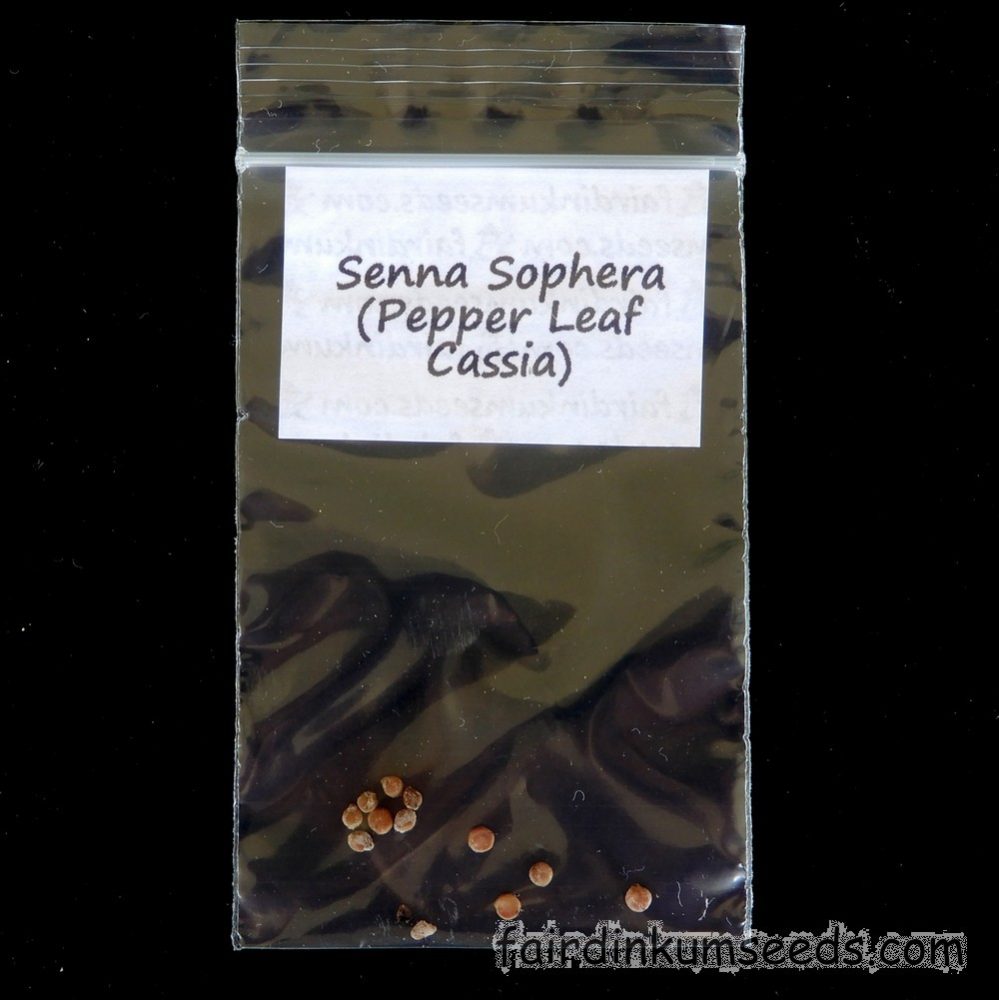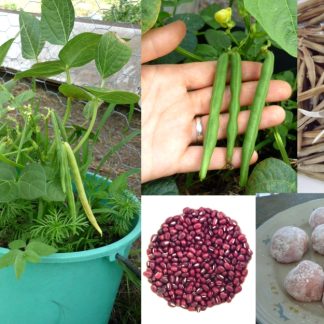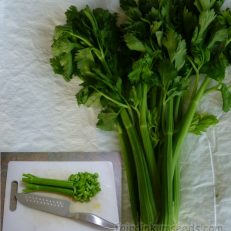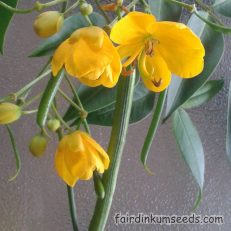Please read text!
Pepper Leaf Cassia Senna Sophera var Sophera Seeds
Packet of 10+ home grown native seeds!
A small attractive native shrub that makes a great alternative to the imported weed Easter Cassia~Senna pendula var. glabrata.
Unlike that invasive bugger, this fella won’t spread rapidly throughout your garden or the surrounding bush, and its seed set is much much lower.
It is easy to grow mind you, it’s just nowhere near as aggressive which is a very good thing.
Produces bunches of bright yellow flowers that the bees love, and the seeds attract the native birds, king parrots in particular at our place.
It is an Aussie native normally found in isolated patches from northern New South Wales all the way up the Queensland coast.
It is also native to Africa, America, India, Asia and most of the tropics and it is a commonly used medicinal and food species everywhere but here.
I only grow it as a revegetation and ornamental sort of thing, not as a staple vegetable or medicinal herb, and as such I can’t really recommend you eat it, as I don’t eat it myself.
Makes sense hey?
I can say the seeds are commonly roasted as a coffee substitute, and the young immature beans and leaf tips are used as a vegetable in curries.
They do taste really peppery in a Szechuan/Sichuan pepper kind of way.
This spicy hot peppery bite is because of the naturally occurring insect repellent chemicals and they may or may not make the plant poisonous(depending on who you talk to) and for this reason I say again, I can’t recommend it as a food crop.
It does reliably prevent insect attack when the leaves are dried and added to bulk grain storage.
It also works as an insecticide when used as a tea and sprayed on other plants in my own experiments.
Rolls cut worms, caterpillars and stops grasshoppers from feeding.
The tender new leaves mashed are made into a tea are used for rheumatic fever, malaria, inflammation, as an intestinal wormer, and as an eye bath for conjunctivitis.
A paste of the leaves is used as a poultice for infected wounds, ringworm and for piles.
A tea of the pounded roots is used to relieve painful menstruation, as a postpartum remedy, and an infusion of the root bark is used for the treatment of diabetes and epilepsy.
The cooked seeds are used in kidney disorders like Bright’s disease.
In India and Africa it is used extensively for cough, bronchitis, asthma and respiratory diseases and it’s powerful expectorant and bronchial muscle relaxant effects are well documented.
In Africa it is also planted as a guard crop to prevent infestation of the giant African land snail~Achatina fulica.
Glad I don’t get those here!
Known by the following common names and out of date synonyms.
Pepper leaved senna, kasondi senna, kolkasunda, kasaunda, ponnavirum, ponnanthakara, Cassia caromendeliana, kaasamarda, algarrobilla, sulari, gnalal, ponnaavaarai, Cassia canca, Cassia frutescens, Cassia geminiflora, Cassia geminiflora, Cassia linearis, Cassia lineata, Cassia occidentalis glabra, Cassia occidentalis sophera, Cassia patula, Cassia proboscidea, Cassia sophera, Cassia sophera, Chamaefistula sophera, Ditremexa sophera, Senna occidentalis sophera, pepper-leaved senna, algarrobilla, kasunda, baner, kasaundi, and kolkasunda.
Another cool rarely available native species!
Grown by me and the Mrs organically, no chems, no nasties, no problems!!!
